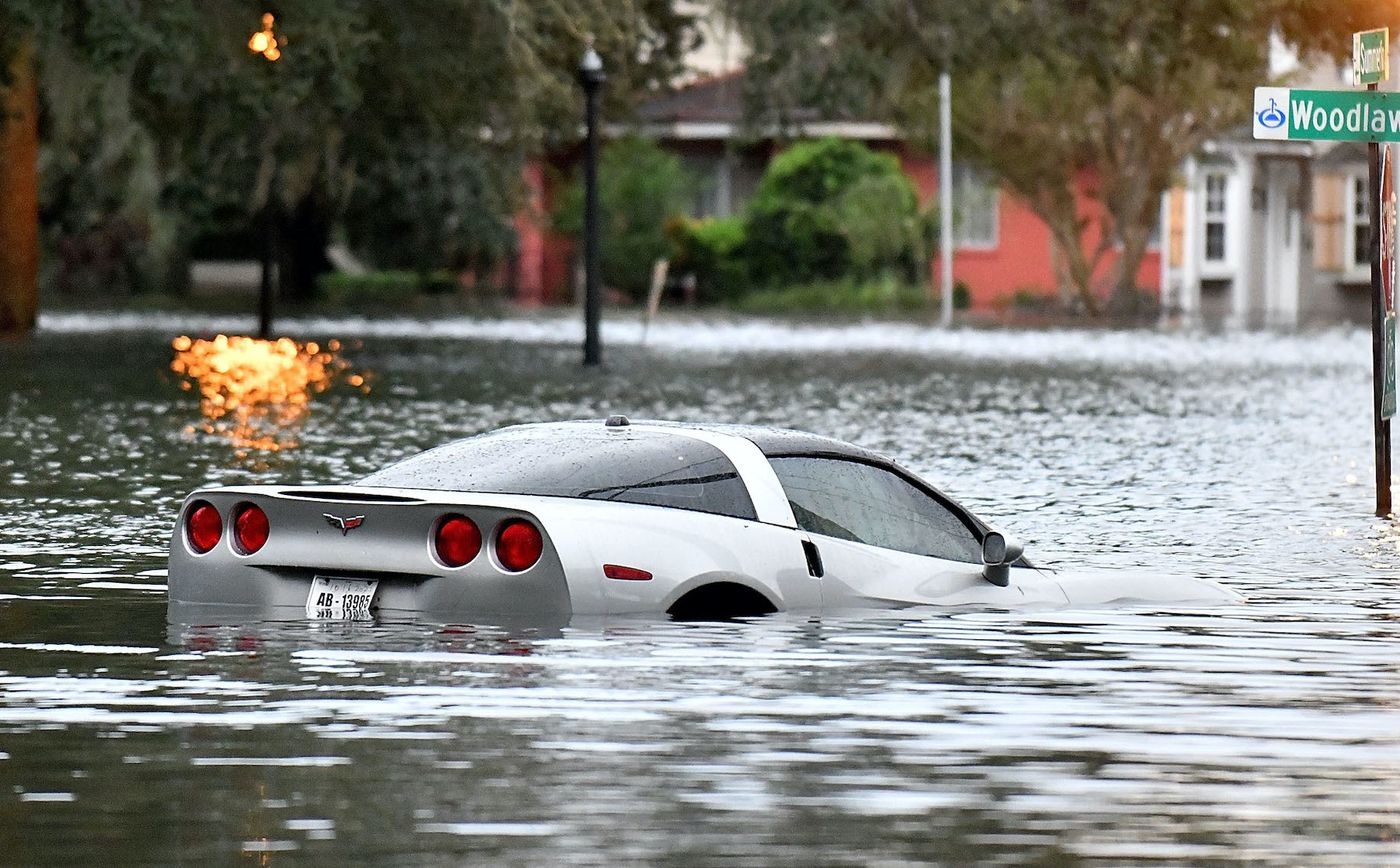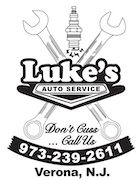

You may be thinking: “hurricanes barely hit north Jersey, so when shopping for a used car I don’t have to worry as much about buying a car that was previously flooded”. In fact, each year, thousands of waterlogged cars do end up on the market far away from a hurricane zone. Insurance companies are still tallying the number of vehicles destroyed by Hurricane Ian. But already those cars are showing up in the used car marketplace. These vehicles are supposed to be written off by insurance companies and sold for parts or scrap but that’s not always the case. Buyers beware as scammers try to keep you unaware that you may be buying a car that was previously flooded.
How Do Waterlogged Vehicles Show a Clean Title?
Due to the COVID-19 pandemic, used cars were already in short supply and demand. According to Carfax, roughly 378,000 flooded cars were back on the roads across America last year. Reselling flooded cars may be legal if the title discloses the flood damage, but not all car owners file an insurance claim. If car owners do not have comprehensive coverage, they are out of luck. This means the flood damage may not be recorded and owners may attempt to clean and try to sell their cars down the road.
Some car owners will even try to “wash” the title of their flooded vehicle totaled by insurance companies by taking the VIN from a similar salvaged vehicle and attach it to their vehicle. By doing this, the flooded car will take on a different vehicle identification number as well as a different history.
How Do These Vehicles End Up in Other States?
Carfax has found that nearly 50% of flood-damaged totaled vehicles return to the market as used cars. The Better Business Bureau says, “Flooded cars are often transported well beyond the original region where the flood or major storm occurred to locations where consumers may be less aware of the damage and what warning signs to look for.”
Flooded cars are showing up all around the country putting buyers at risk. On the outside, these vehicles might look great and if you don’t know what to look for, it’s impossible to tell they are rotting on the inside.
What are the Steps I Should Take to Make Sure I Do Not Purchase a Waterlogged Vehicle?
We have listed some useful online tools below to check first:
Carfax offers a free flood check tool where buyers or car owners can enter a vehicle’s VIN to learn if the car was reported as flooded or been issued a salvage title. These checks also show the “possibility of flood damage” based on area history and the registered address for the car at the time.
National Motor Vehicle Title Information System
This tool requires all insurance carriers, auto recyclers, junk and salvage yards, and states to report vehicle history information. This system’s goal is to crack down on the practice of “title washing.” This is when cars that have been totaled or stolen get clean titles. It should also tell you if the car has been in a flood region or was issued a flooded or salvaged title.
National Insurance Crime Bureau
This tool offers a free service that searches and surveys vehicle identification numbers. It also lists flood damage as well.
Of course, vehicle history reports are no guarantee that a vehicle is problem-free, but they aid in screening potential future cars. This is why you should also ask to see the car title.
You may be asking “what do I check when looking at a car title?” We have the answers. When doing so, you should first check the date and place of transfer verifying where the vehicle came from. This will show you if the car was in a flood-damaged area. Next, be sure to check it for a brand and for the odometer mileage.
Next, it is important to inspect the car yourself. Have you ever heard the phrase “the nose knows?” Well, this is the most telling way to figure out if a car has previously been in a flood. Smell for musty damp odors or air fresheners used to cover up the smell. Close the doors and windows for several minutes before.
Other parts to inspect should include:
- Cover-ups: Look for new seats, interior, or carpeting. An old car with new seats or carpeting may be a red flag.
- The carpets and seats: Look to see whether they have a musty smell. Be sure to check the seat-mounting screws to see if there was any evidence they were removed as well. To dry the carpet effectively, the seats must be removed.
- The lights. A visible waterline may still show on the lens or reflector. Fog or moisture beads may still be visible.
- Under the dashboard: This is an area difficult to clean.
- Under the vehicle: Corrosion is uncommon in newer vehicles as well as those that were owned in warmer climates.
- Watch for rust: Check springs underneath seats and exposed bolts or screws.
- Every electrical component: Windows, lights, and the electronic ignition are great places to start.
- Look at the oil: Check the oil for water before and after a test drive to see if it’s murky.
- Check the air filter: See if the papers have been wet.
- Don’t forget to check the trunk and spare tire too.
Though a waterlogged car may look fine or run well on the test drive, it does not mean major problems won’t show up down the road. Water can ruin electronics, lubricants, and mechanical systems. It may take months or years, but corrosion will find its way to the car’s vital electronics. Our main goal is to make sure your vehicle is safe for you and your family and we hope this article helps consumers in the market looking to buy a used car!
Images:
References:
